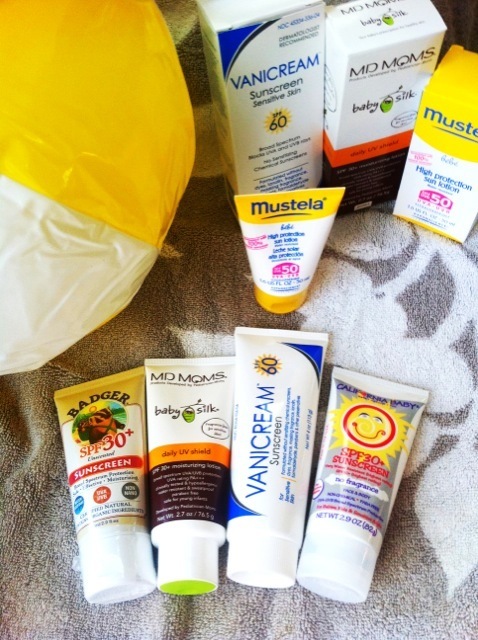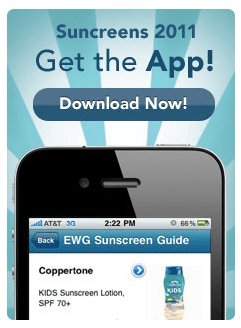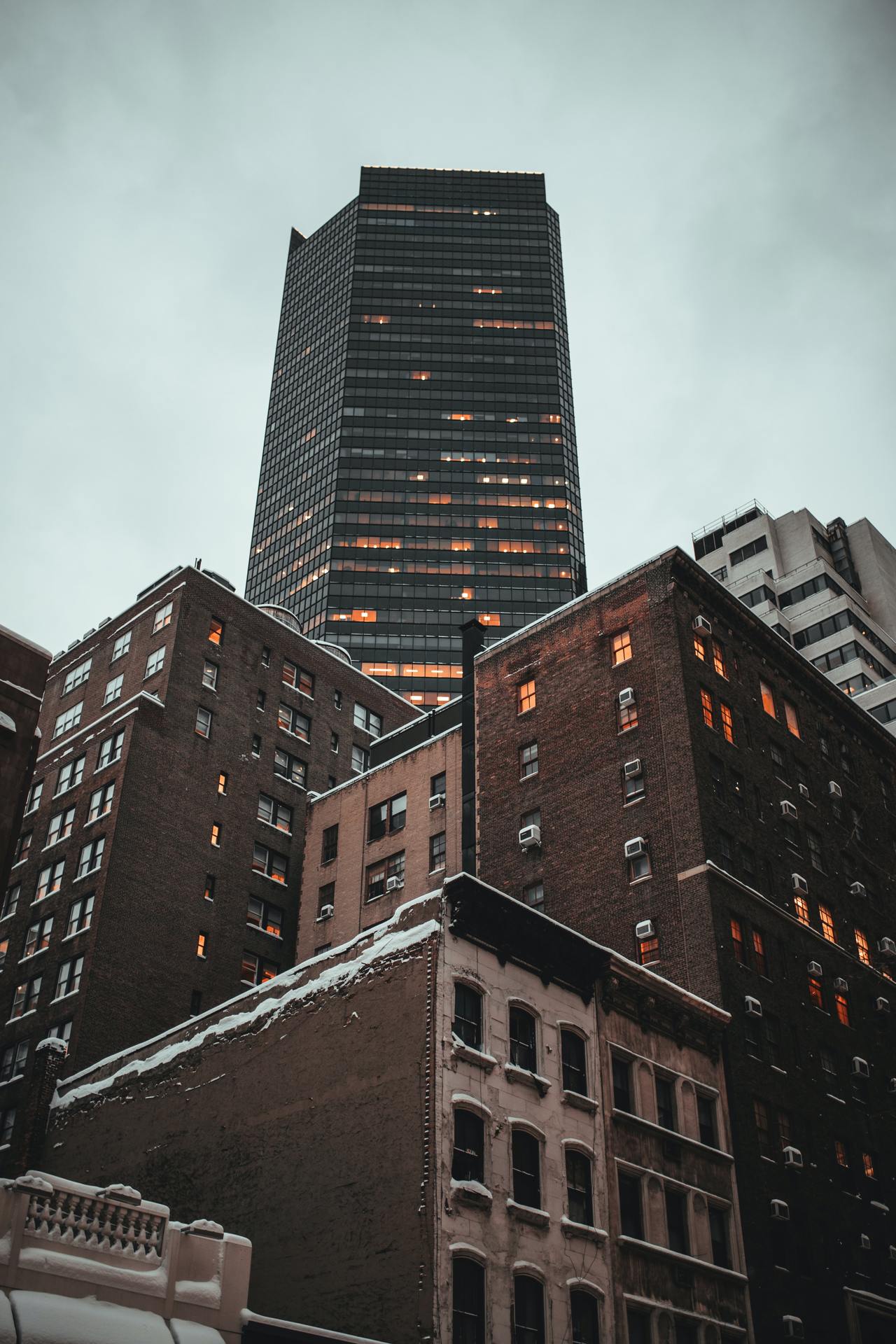
Sunscreens protect us from sun and they are good for us, right? It’s not that simple. I’ve got bad news and good news for you about sunscreen, but even if you just remember one thing: you need to know more about sunscreen, and even if you will not feel like reading this post now and you’re busy doing something fun, please bookmark it, share it and read it when you have a chance.
What to Buy
Buy sunscreens over SPF 30+ with active ingredient titanium dioxide or zinc oxide. Cover yourself everyday, and better sunscreen than lotion is using clothing and a hat to cover yourself. Do not buy sprays or powders, because you are very likely to breathe the chemicals in the sunscreen in if they come in a form of spray or powder. Here is a
list of best rated sunscreens.
Sunscreens Can Be Toxic – Say no to Oxybenzone
Environmental Working Group (EWG) identifies nearly 600 sunscreens sold in the U.S. that contain oxybenzone, including household brand names like Hawaiian Tropic, Coppertone, and Banana Boat. Oxybenzone doesn’t just block the UVA rays by reflecting them, but it’s also penetration enhancer, chemical that helps other chemicals penetrate the skin better. It makes all those other chemicals in the sunscreen to work better. Both OXYBENZONE and OCTINOXATE are linked to developmental and reproductive toxicity, can harm skin in the cell level, which can lead to several health problems like allergies and hormone disruption, which are not widely researched yet. Oxybenzone is also linked to cancer and harming the immune system. Look for sunscreens with minerals zinc or titanium.
Read the Labels & Don’t Believe Them
Read the sunscreen labels and be warned: even if they say they are recommended by FDA, Skin Cancer Foundation or is good for babies, read the labels to make sure the active ingredient is either mineral, zinc or titanium, not chemicals. FDA regulations are not current and you can get Skin Cancer Foundation to recommend a product by paying $10,000.
Get Your Sunscreen On Your Trip To Europe
Europe, Canada and Australia changed sunscreen regulations in 1997 though, and oxybenzone was banned and three other specific active sunscreen ingredients – avobenzone (also known as Parsol 1789), titanium dioxide, and zinc oxide – were recommended as the basis of sunscreens. In addition Europe has several other sunscreen ingredients in use that are not allowed in the US, even though three of them – Tinosorb S, Tinosorb M and Mexoryl SX – are between 3.8 times and 5.1 times more protective than avobenzone, the most common UVA filter in the U.S. American companies have applied to have these ingredients to approved in the US by FDA for years, but they are still waiting. In fact very few sunscreens on the U.S. market would meet the baseline UVA protection standards proposed in Europe. So… go ahead and forget your sunscreen home on your vacation to Europe and bring some home from there!
FDA Is Finally Starting to Notice – But Not Enough
FDA has done very poor job in regulating sunscreens in the past decades, but the good news is that they are starting to pay more attention and by next year, sunscreens will have better labeling. The Oxybenzone still won’t be banned, but here are some changes:
* Sunscreen products that are not broad spectrum or that are broad spectrum with SPF values under SPF 15 will be labeled with a warning that reads: “Skin Cancer/Skin Aging Alert: Spending time in the sun increases your risk of skin cancer and early skin aging. This product has been shown only to help prevent sunburn, not skin cancer or early skin aging.”
* Water resistance claims on the product’s front label must tell how much time a user can expect to get the declared SPF level of protection while swimming or sweating, based on standard testing. Two times will be permitted on labels: 40 minutes or 80 minutes.
* Manufacturers cannot make claims that sunscreens are “waterproof” or “sweatproof, or identify their products as “sunblocks.” Also, sunscreens cannot claim protection immediately on application (for example, “instant protection”) or protection for more than two hours without reapplication, unless they submit data and get approval from FDA.
* FDA is proposing a regulation that would require sunscreen products that have SPF values higher than 50 to be labeled as “SPF 50+.” FDA does not have adequate data demonstrating that products with SPF values higher than 50 provide additional protection compared to products with SPF values of 50.

There is An App for That
You can get a lot more information about sunscreens at EWG.org/sunscreen. They also have listed most of the sunscreens on the market in their datebase and you can check how safe your sunscreen is. What’s even better – you can also download their iPhone app and get your sunscreen rating list on the go so you can check how the sunscreens rate for safety when you shop for them at the store. The sunscreens are rated 1-7, 1 being the best and 7 the worst rating for their safety. What’s most surprising here – the safest place to buy your sunscreen is not your mass retailer nor drug store; the best places to shop for sunscreens is Whole Foods, natural product stores, children’s product stores like Diapers.com, and health stores. Bad news is that the safer sunscreens tend to be much more expensive.
Remember to Use Correctly
Add before swimming AND after swimming (or sweating). Even if you use high SPF lotions, remember to reapply during the day if you are outside for longer periods.
Resources: EWG, FDA
 Sunscreens protect us from sun and they are good for us, right? It’s not that simple. I’ve got bad news and good news for you about sunscreen, but even if you just remember one thing: you need to know more about sunscreen, and even if you will not feel like reading this post now and you’re busy doing something fun, please bookmark it, share it and read it when you have a chance.
Sunscreens protect us from sun and they are good for us, right? It’s not that simple. I’ve got bad news and good news for you about sunscreen, but even if you just remember one thing: you need to know more about sunscreen, and even if you will not feel like reading this post now and you’re busy doing something fun, please bookmark it, share it and read it when you have a chance.
 Sunscreens protect us from sun and they are good for us, right? It’s not that simple. I’ve got bad news and good news for you about sunscreen, but even if you just remember one thing: you need to know more about sunscreen, and even if you will not feel like reading this post now and you’re busy doing something fun, please bookmark it, share it and read it when you have a chance.
Sunscreens protect us from sun and they are good for us, right? It’s not that simple. I’ve got bad news and good news for you about sunscreen, but even if you just remember one thing: you need to know more about sunscreen, and even if you will not feel like reading this post now and you’re busy doing something fun, please bookmark it, share it and read it when you have a chance.


